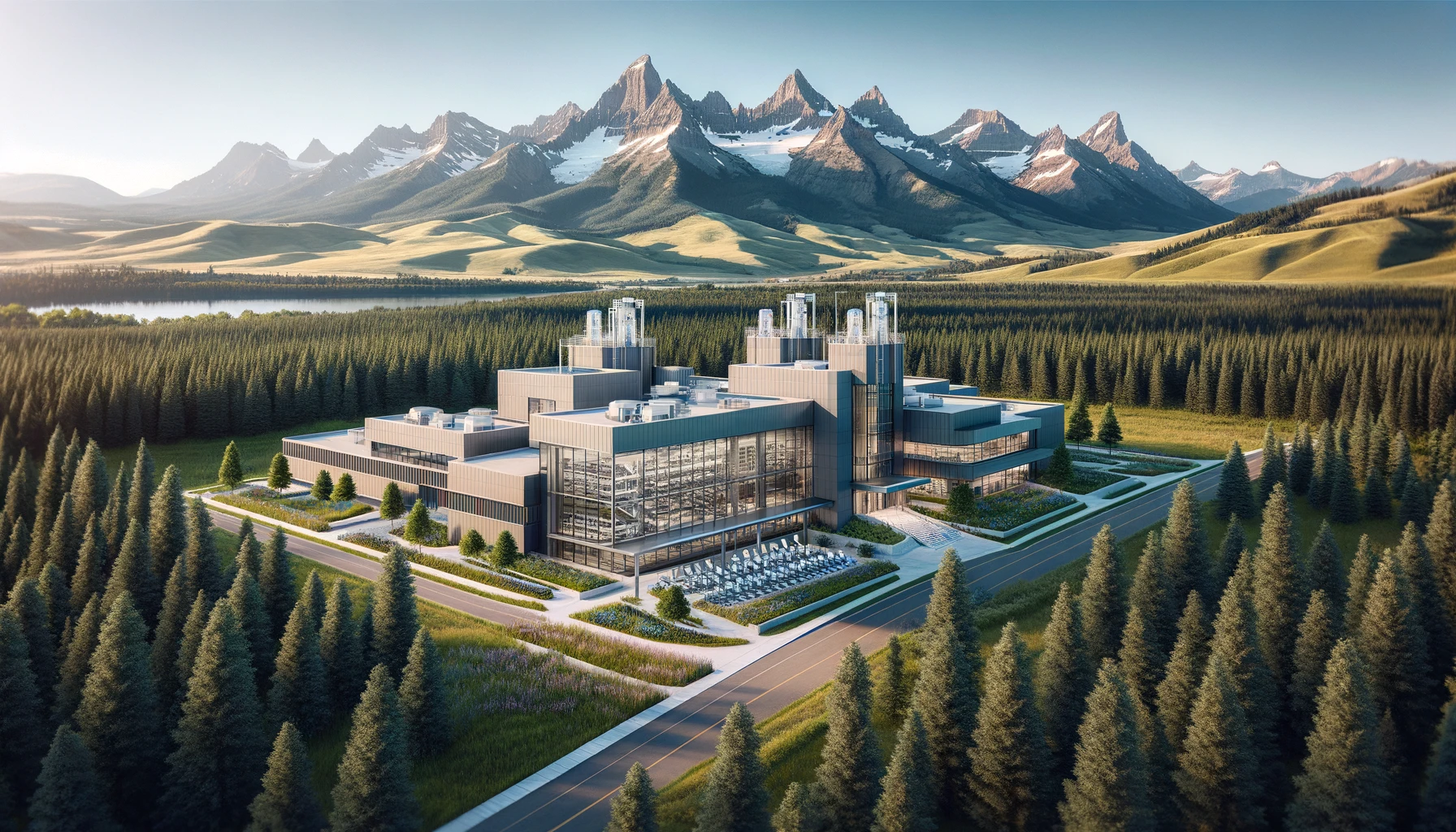Nestled in the picturesque town of Hamilton, Montana, the Rocky Mountain Laboratories (RML) have long stood as a bastion of scientific research and innovation. As a key component of the National Institute of Allergy and Infectious Diseases (NIAID) within the National Institutes of Health (NIH), RML has an illustrious history, marked by groundbreaking discoveries and a commitment to public health. This article delves into the storied past, stringent safety measures, critical purpose, and forward-looking vision of these renowned laboratories.
Historical Overview
The origins of RML can be traced back to the early 20th century, rooted in efforts to combat Rocky Mountain spotted fever. Established in 1928, the institution rapidly became a pivotal center for research on tick-borne illnesses. Over the decades, its focus expanded to encompass a wide array of infectious diseases, transforming into a world-class research facility.
Safety Protocols: A Model of Excellence
At the heart of RML’s operations are its unparalleled safety standards. The facility boasts state-of-the-art biosafety level 3 and level 4 laboratories, equipped to handle the world’s most dangerous pathogens. These containment labs are engineered to ensure the utmost safety of researchers and the surrounding community. Regular training, rigorous protocols, and continuous monitoring underscore RML’s commitment to safety.
Biosafety levels (BSL) are a series of protections required in laboratories to isolate dangerous biological agents. They are ranked from BSL-1 to BSL-4, with each level increasing in safety measures based on the pathogens’ risk. Each increase in biosafety level represents a higher standard of protection and containment, reflecting the danger and transmissibility of the pathogens being studied.
Purpose and Contributions
RML serves a critical role in advancing our understanding of infectious diseases. Its researchers engage in cutting-edge studies, ranging from basic biology to the development of vaccines, treatments, and diagnostics. The lab has been instrumental in responding to global health crises, including research on Ebola, Lyme disease, and, more recently, COVID-19. Through these efforts, RML has contributed significantly to global health and the scientific community.
Concerns Surrounding High-Security Biological Research Facilities
The establishment and operation of high-security biological research facilities like RML come with a set of concerns that need to be meticulously addressed. First and foremost is the risk associated with handling and studying highly infectious and potentially lethal pathogens. While necessary for advancing medical science and preparing for health emergencies, the research carries inherent risks of accidental release or exposure, which could have serious public health implications. There are also concerns about the security of these facilities, given the sensitive nature of the work and the potential for misuse of biological materials. Ensuring strict access control and safeguarding against both internal and external threats are paramount to prevent any form of bioterrorism or unauthorized use of pathogenic materials.
Another significant concern is the environmental impact of such facilities. The operation of high-level biosafety labs requires stringent waste management and decontamination processes to prevent any environmental contamination. The ecological footprint of these facilities, in terms of energy consumption and waste generation, also needs careful consideration. Moreover, the presence of such a facility can create apprehension within the local community. Transparent communication and engagement with the public are essential to build trust and understanding regarding the facility’s operations and safety measures. Balancing the need for advanced research with these concerns is a continuous challenge for institutions like RML and requires constant vigilance and adaptation to evolving technologies and threats.
Looking to the Future
As we look ahead, RML is poised to remain at the forefront of infectious disease research. With plans to expand its facilities and capabilities, the lab is gearing up to tackle future public health challenges. Emerging infectious diseases and biodefense research remain a top priority, with an ongoing commitment to innovation and collaboration.

The Rocky Mountain Laboratories stand as a testament to the enduring power of scientific inquiry and dedication to public health. From its humble beginnings to its current status as a leading research institution, RML exemplifies the highest standards of safety, scientific excellence, and commitment to the future. As the world continues to face health challenges, the laboratories will undoubtedly play a pivotal role in shaping our responses and advancing our understanding of the microbial world.
